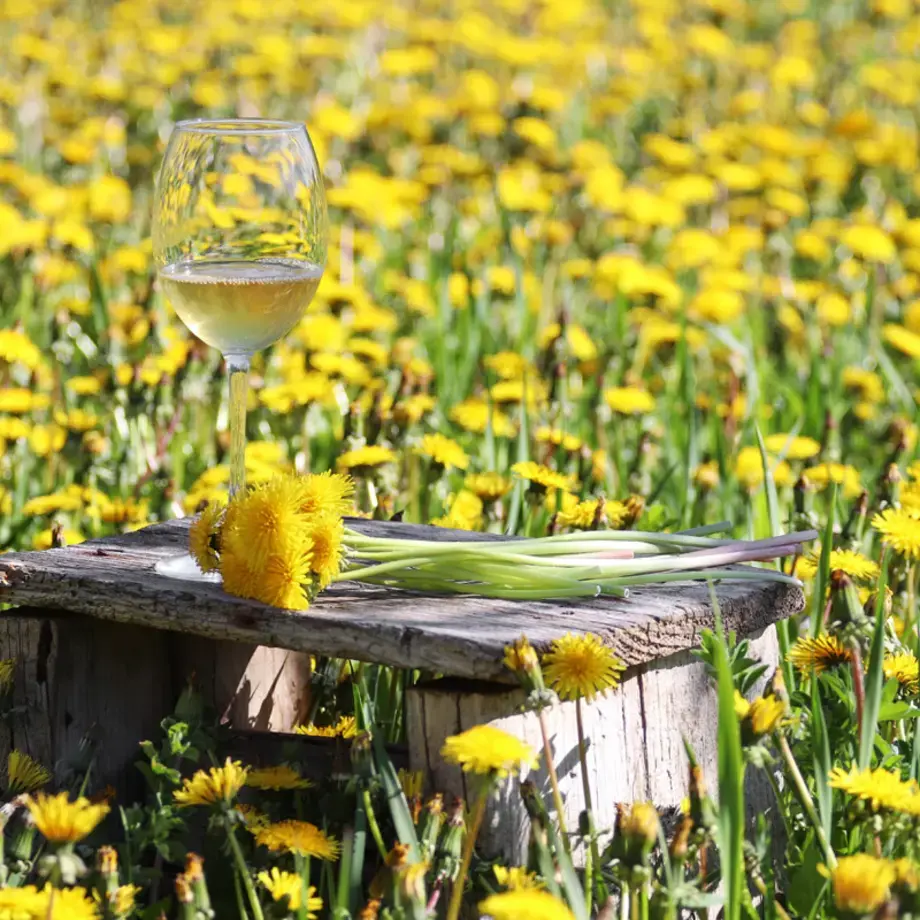What is quince fruit?
Looking at a quince fruit for the first time, you might be forgiven for thinking it is a misshapen apple or pear. Quinces are a similar size and golden yellow colour to their better-known cousins, but where the apples and pears we buy in supermarkets are smooth and shiny, the quince is lumpy, irregular, and, it has to said, somewhat unappealing in appearance. And the differences don’t end there. While you can grab an apple or pear straight from the fruit bowl and take a bite, quinces are inedible raw, with a sour taste and tough, woody flesh that is hard to cut with a knife, let alone bite.
So why eat quince? The clue is in the quince’s irresistible, heady perfume. Imagine the ripest, most fragrant apple you’ve ever eaten, with notes of vanilla, citrus and soft, aromatic florals. To release these delicious flavours simply requires cooking, and the results are very much worth the effort. Quince is high in pectin, and tastes great in jams and jellies, or added to apple pie and apple sauce for an extra burst of flavour. The taste of quinces has a strong association with autumn or fall, as they are not grown in large amounts commercially, so can only be enjoyed as a seasonal treat.












